Root and Tuber Crops
Any plant with an edible underground storage organ is known as a root and tuber crops. It can be divided into two parts namely modified root and modified stem. Again modified roots can be divided into two parts; taproots and adventitious roots.
The stem is normally divided into nodes and internodes. The node holds one or more leaves, but buds that can grow into branches. The root is the usually underground portion of the plant that lacks nodes, buds, or leaves. Roots help with the absorption of Hydrogen and Inorganic nutrients. Provide anchoring of the plant body to the ground and support it. Roots store food and nutrients and help with vegetative reproduction.
What Are Root And Tubers?
Vegetable roots and tubers are the underground storage systems of different plants found all over the world. Root and tuber crops include root crops, such as beets and carrots, and tuber crops, such as potatoes and sweet potatoes, and the leaves of root crops, such as beet tops.
A root is a compact, typically expanded storage organ that grows from root tissue and has hairy stems. Tubers are underground stems rather than roots. Tubers are the largest storage organs that grow from elongated tissue at the terminal ends of stems rather than root tissue. A tuber is a plant’s edible portion, and plants can have both roots and tubers. Root vegetables and edible tubers contain a high concentration of starchy nutrients.
Several Types Of Roots Modifications For Food Storage
1. Napiform
It’s a tap root modification. Spherical in shape. There is a swollen base origin of the root. Abruptly tapers towards the lower end forming a tail-like structure.
Eg: Beet
2. Fusiform
It’s a tap root modification. There is a swollen primary root in the middle. Tapers gradually at both ends forming a spindle-shaped structure.
Eg: Radish
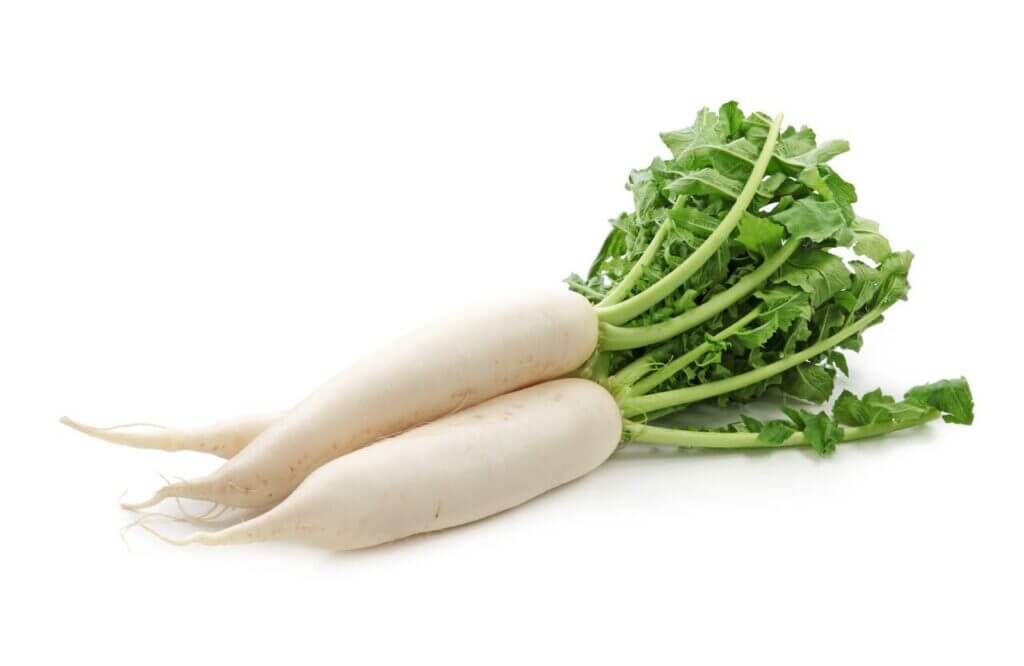
3. Conical
It’s a tap root modification. Their roots are swollen. Broad at the base. Apex parts gradually tape forming a corn-like structure.
Eg: Carrot
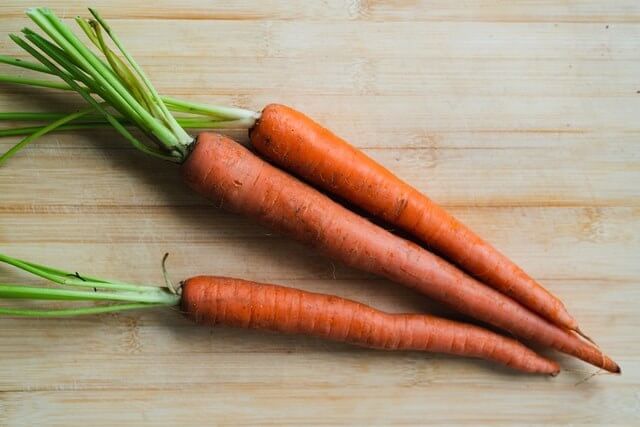
4. Tuberous/Tubercular Roots
It’s an adventitious root modification. Roots are thick and fleshy. Do not form any defined shape.
Eg : Sweet potato, yam, cassava

There are several types of stem modifications for food storage. Those are also known as stem tubers. Stem tubers develop from swollen underground stem structures.
1. Stolen
An enlarged tip of an underground stem with leaves reduced to scales or scars subtending the auxiliary buds. It stores food for subsequent growth. It has many nodes with spaces called internodes. Buds can expand to form shoots that grow or whole plants.
Eg: Potato
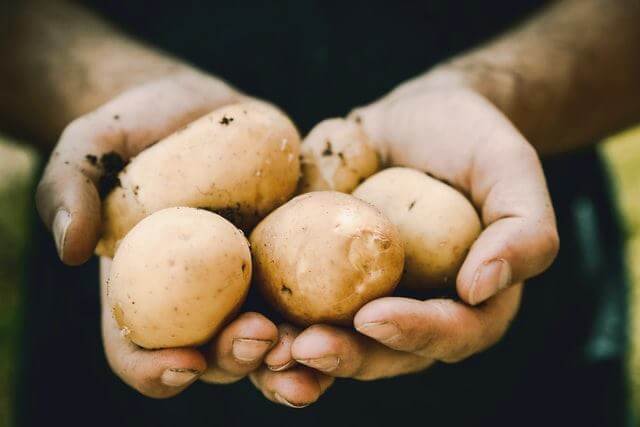
2. Bulbs
A small stem is surrounded by numerous fleshy leaves. Nodes and internodes are present. Leaf attaches to the stem at the nodes. Bulbs store foods in the leaves.
Eg: Onion
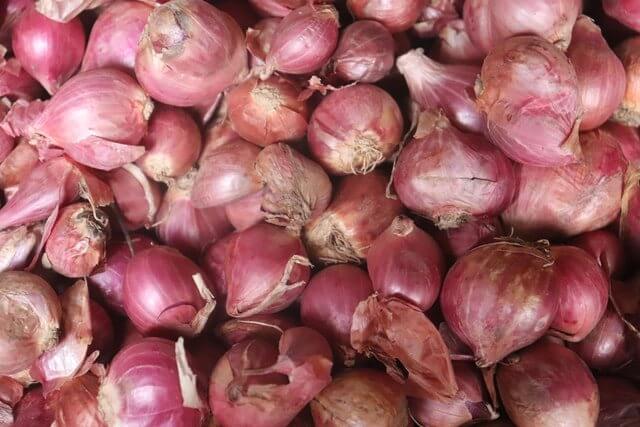
3. Corm
It’s a short, solid, thickened underground stem. Stem tissue bearing a few small, sticky leaves. Leaf attaches to the stem at the node. Corms also have a non -persistent root system that lives only one season. Corms store foods in their stem tissue rather than leaves.
Eg: Taro
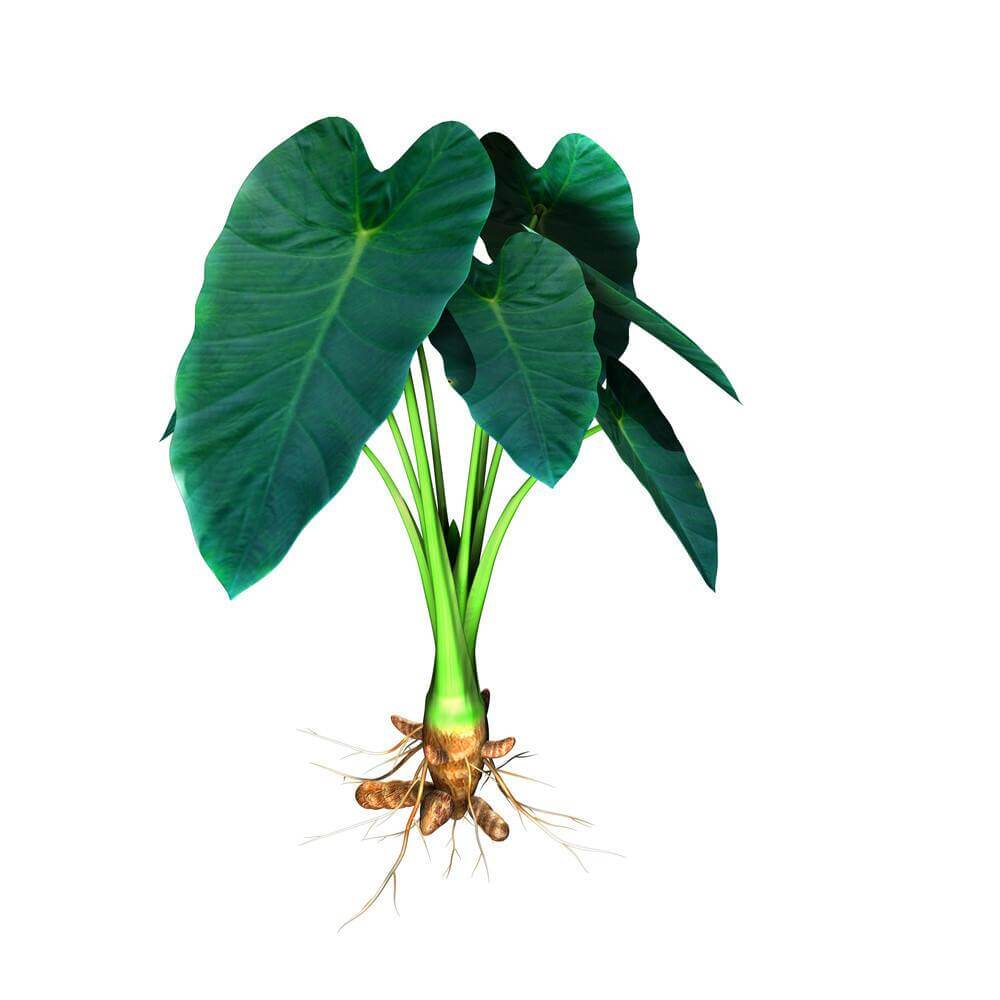
4. Rhizome
It grows horizontally underground. Typically have short internodes and scale leaves. It produces roots along its lower surface. It stores food for renewing growth in short after periods of stress.
Eg: Ginger, Turmeric

Several differences can be seen between roots and tubers. All tubers are root crops. A single plant can produce several tubers. Tubers contain a long chain of glucose called starch. Tubers offer loads of energy (starch) and vitamins.
Tubers are vegetative propagation materials. Not all root crops are tubers. Roots cannot grow from vegetative propagation materials. Root crops are taproots. Root crops produce a single root. Root crops contain more simple carbohydrates such as glucose. Root crops offer vitamins, minerals, and micronutrients.
Similarities can be also found between root and tuber crops. Roots perform two primary functions. They absorb minerals and water from the soil to sustain plant growth. Anchor the pant in place by producing a structural foundation.
The second similarity is the perishability of the harvested products. The formation of roots and tubers is a complex process. First, stop the root elongation. Then initiate the first and second vascular cambia. Next increase radial growth and cell proliferation and expansion.
The final step is the massive accumulation of starch proteins. In this complex process, phytohormones play a crucial role in the formation of storage roots.
- 29 Bucket Gardening Ideas for a Lush, Compact Garden - October 30, 2024
- 20+ Chic Boho Bedroom Ideas for a Cozy and Stylish Retreat - June 20, 2024
- 12+ Modern Boho Living Room Ideas to Create a Unique Oasis - June 10, 2024

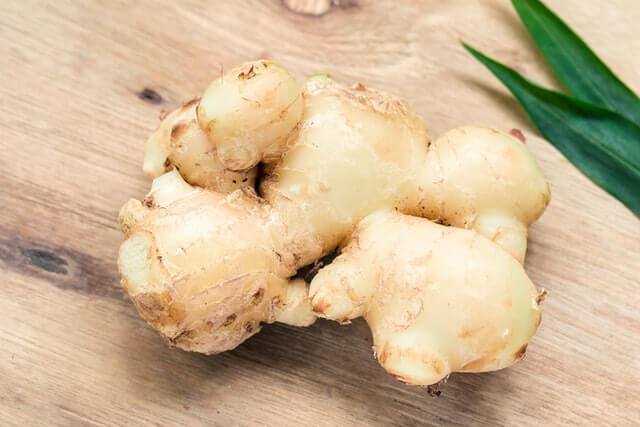
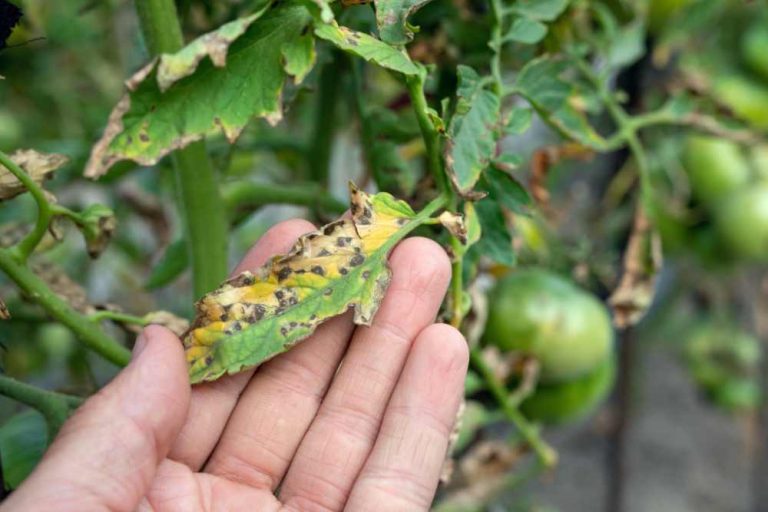
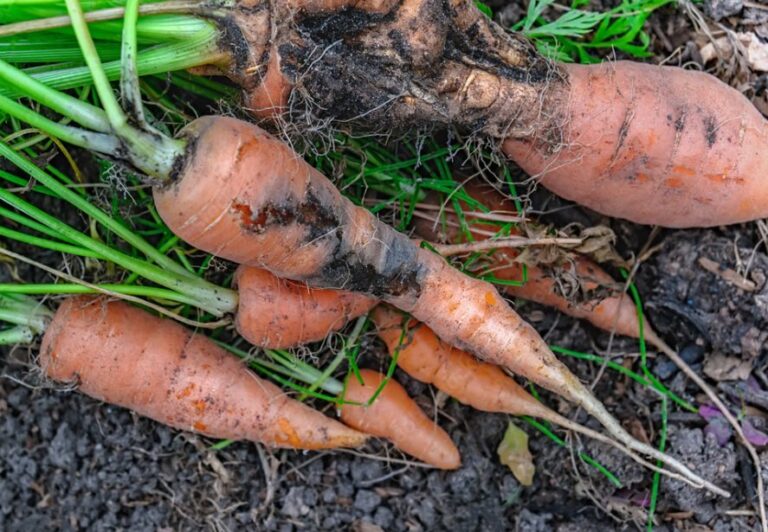
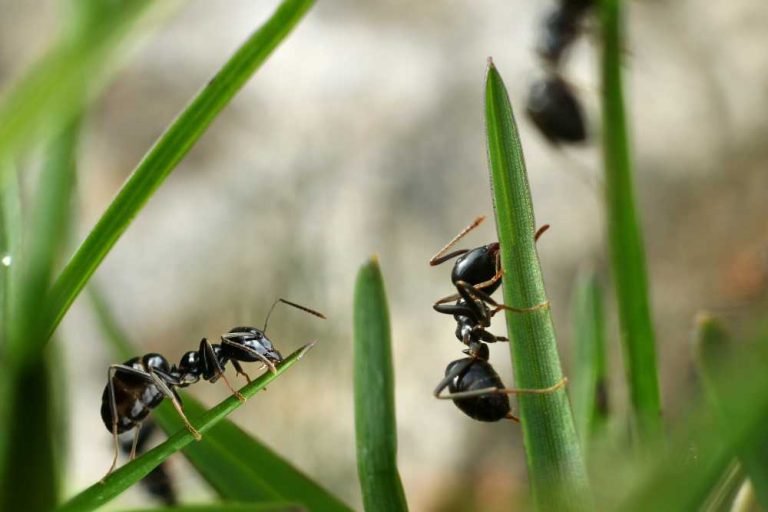
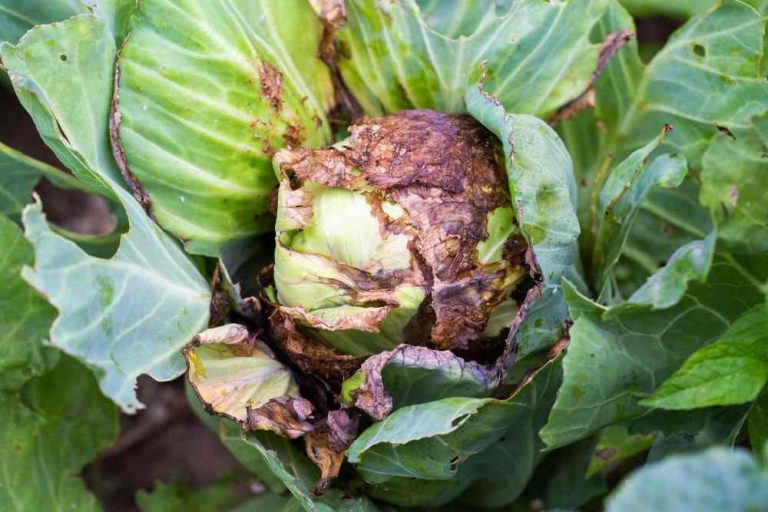
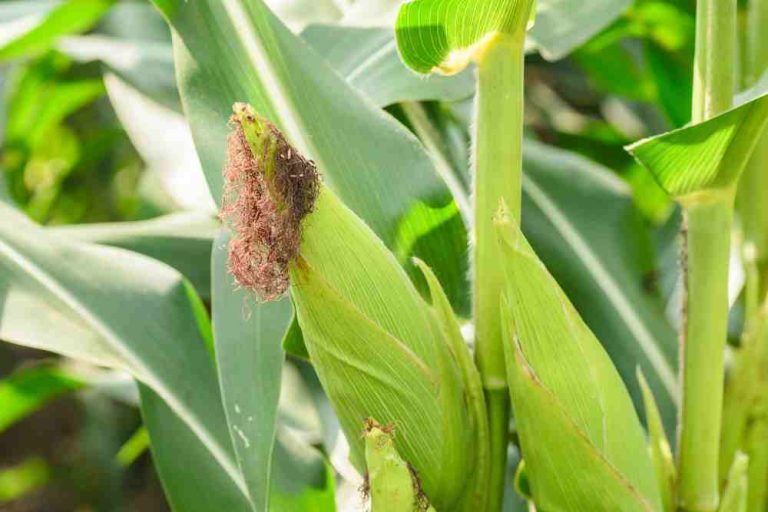
NEED TO MORE INFOMATION